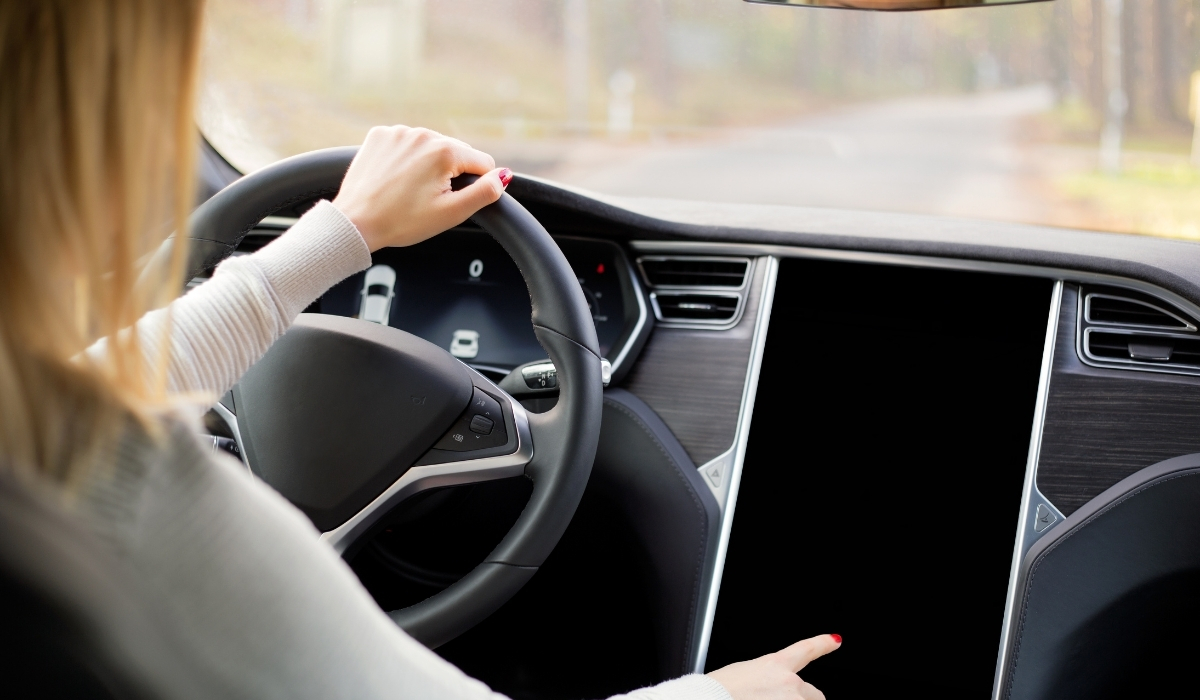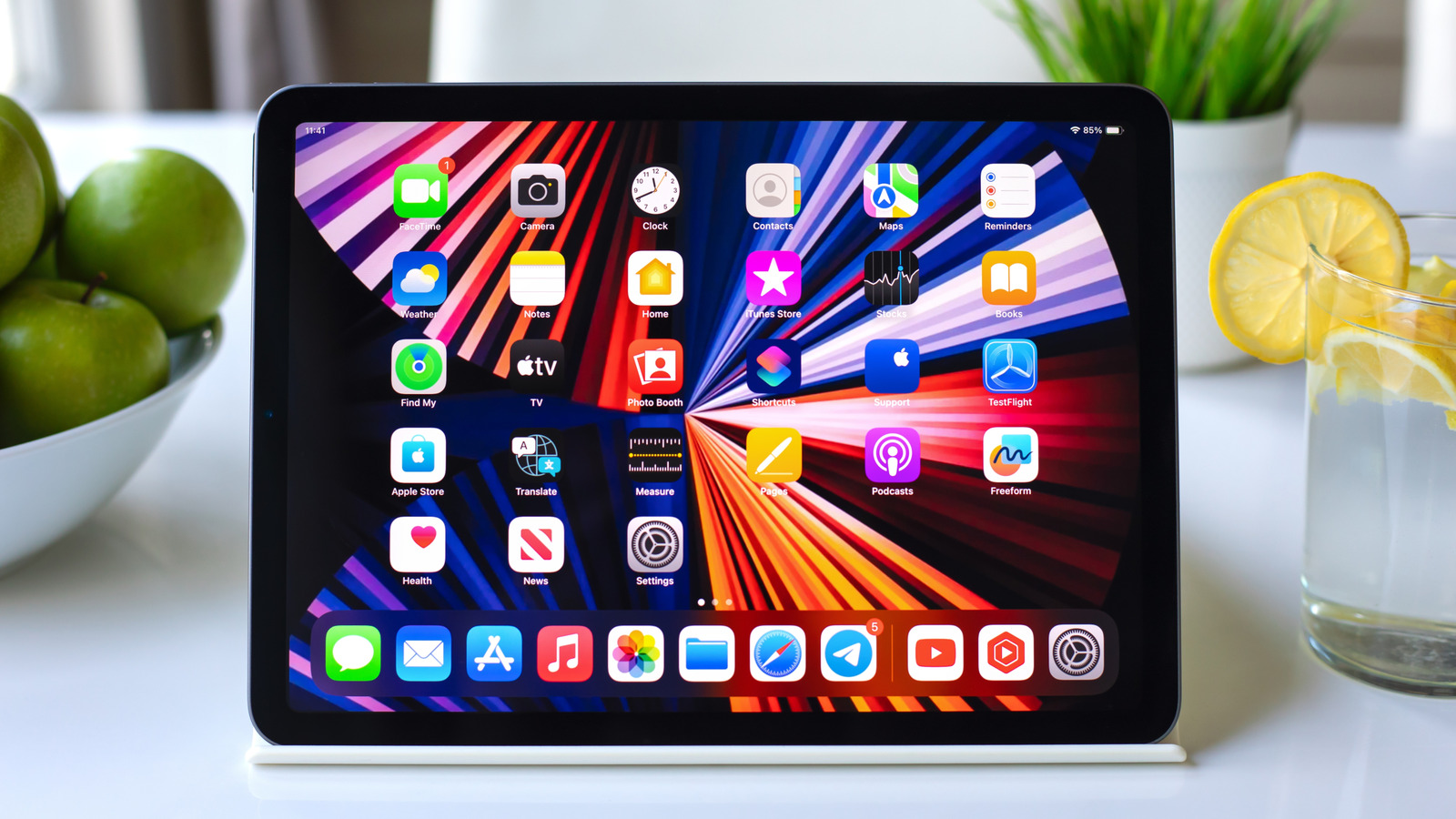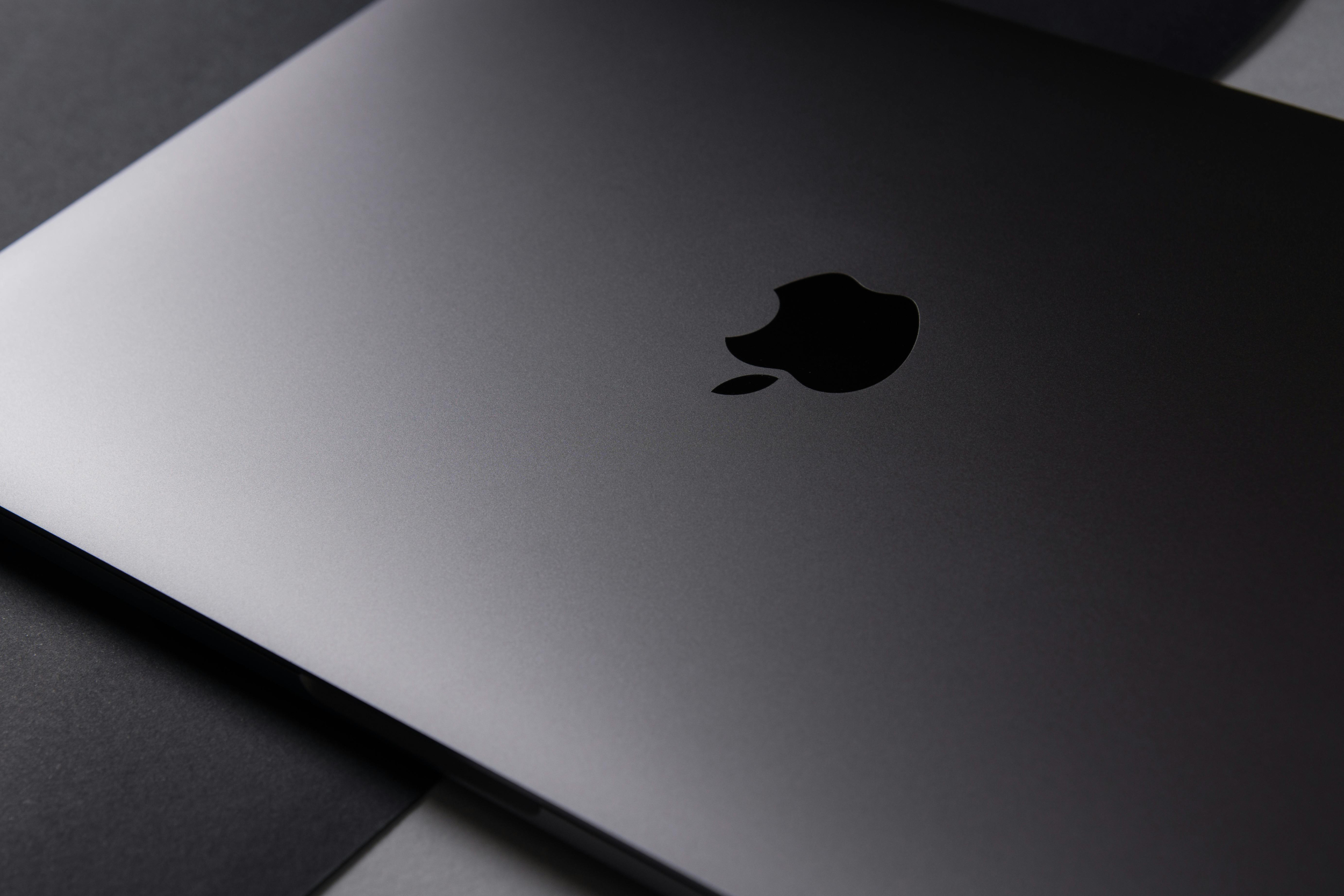Tesla is expanding its Robotaxi service to five major U.S. cities as part of its effort to enhance its autonomous ride-hailing offerings. The company has announced plans to deploy the service in Las Vegas, Phoenix, Dallas, Houston, and Miami, significantly increasing access beyond its existing operations in Austin and the Bay Area. This move indicates a broader rollout of the Robotaxi system, which has been available only in limited areas until now.
The expansion reflects Tesla’s ongoing intention to adapt to local regulatory environments while addressing consumer needs. In the past, the company had aimed for nationwide coverage by this time, but growth has occurred in stages, primarily influenced by regulatory frameworks and public feedback. The initial launches in Austin and the Bay Area have highlighted the importance of local regulations, as these areas differ in their acceptance of autonomous vehicle technologies.
Regulatory Challenges and Opportunities
Tesla’s deployment strategy is heavily shaped by the varying regulations across different states and cities. For example, Austin allows fully driverless operation on select roads, while the Bay Area mandates that a Safety Monitor be present in the vehicle, even with Full Self-Driving technology engaged. This regulatory patchwork significantly impacts Tesla’s operational strategies and how the public perceives its services. The company recognizes the need to navigate these complexities to ensure compliance with local laws.
As Tesla prepares to launch in new markets, it aims to tailor its Robotaxi user experience to meet specific local requirements. The cities chosen for expansion represent diverse transportation landscapes, which could influence the features and services offered to users.
Innovations on the Horizon
During a recent Annual Shareholder Meeting, CEO Elon Musk revealed that Tesla is working on new features intended to enhance the user experience. One potential feature may allow users to text while the vehicle is in motion, thereby reducing distractions for drivers. Musk noted, “We’ll likely be able to let you text while the vehicle drives in a month or two,” but he emphasized that safety requirements must be met before any new features are widely released.
Tesla aims to make Robotaxi available to half of the U.S. population by the end of 2023. While the rollout beyond the five newly announced cities remains uncertain, the company is focused on balancing innovation with regulatory compliance. The outcome of these expansions could not only affect Tesla’s future partnerships but also influence regional adoption strategies and developments in autonomous technology.
For potential users, staying informed about the service’s availability in their areas is essential. As more regions begin to experience Tesla’s Robotaxi service, feedback will be critical in shaping improvements and guiding future regulations. The interplay between technological advancements and public safety standards will continue to define the autonomous vehicle landscape in the coming years.







